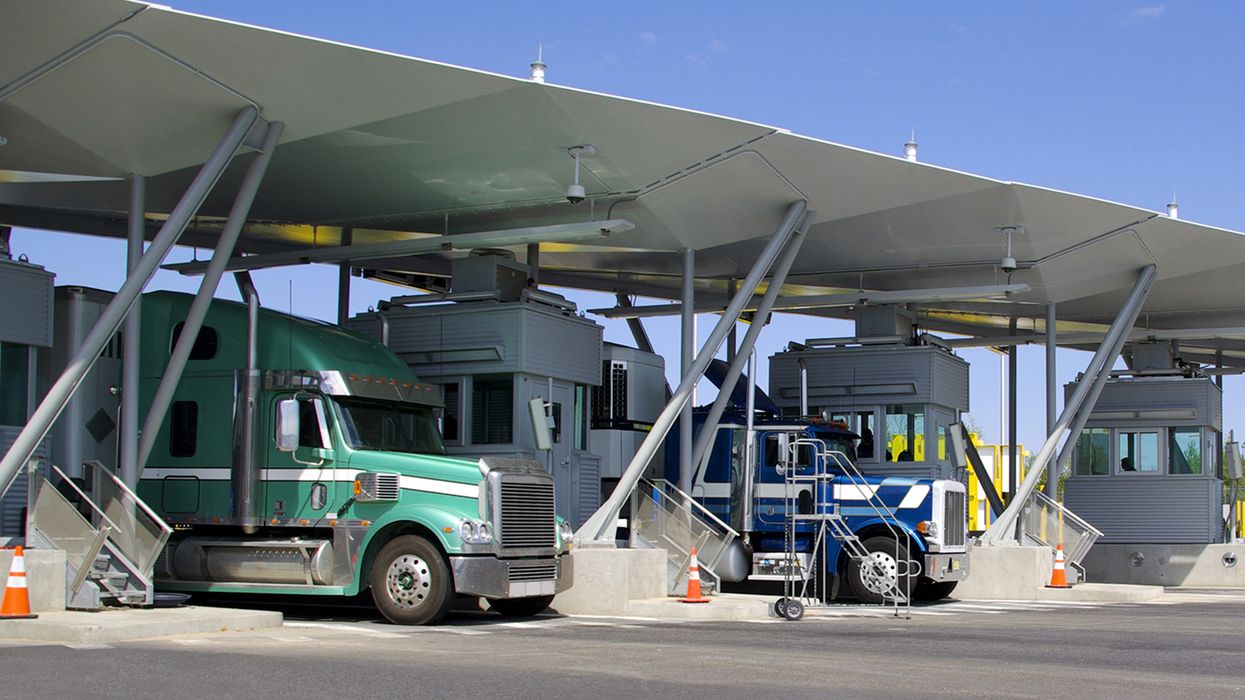Do you provide your new drivers with a mentor? If not, it may be time to start
One of the biggest issues in transportation, if not the biggest, is the driver shortage. Carriers nationwide are struggling to find — and keep — qualified drivers. If you find yourself in this situation, one of the best things you can do is to pair up your new drivers with a mentor. When done right, a mentoring program can help you retain drivers, develop drivers’ skills, and create a more welcoming culture.
First things first
Before assigning mentors to new employees, make sure your carrier has clearly defined goals, format, and roles for the program:
- Program goals: Is your goal to provide a source of information about company policies? To coach new drivers in advanced driving maneuvers? To refine customer service skills? It’s essential that you have identified the specific goals of your mentoring program so that mentors know what their role is, mentees understand what they’re supposed to be getting from their mentors, and the carrier can evaluate the success of the program.
- Program format: Consider how your mentors and mentees will interact with each other. Will they be a team for a period of time on the road? If not, how will you ensure that mentors and mentees have time to meet?
- Program roles: To be successful, your will need to define at least three roles in your program:
- Manager: Who at your carrier will oversee the program? This person will be responsible for developing the program, recruiting and training mentors, pairing mentors with new employees, evaluating the success of the program, and addressing any conflicts that arise.
- Mentors: Mentors should be experienced drivers who have a strong understanding of company policies. A good mentor must also have exceptional interpersonal skills. Remember that mentors will act as both cheerleader and coach to their mentees, so they need to be able to provide constructive feedback in a way that mentees will view it as helpful, not critical.
- Mentees: Which employees will be mentees in the program isn’t as obvious as it seems. Your carrier must decide if all new drivers to your company will be mentored, or only drivers with less than a year, for example, of experience. You must also decide how long mentees will stay in the program: 6 months? A year? Until certain benchmarks are met? To avoid confusion and frustration, everyone needs to be on the same page about who should be included in the mentoring program and for how long.
Find the right people
Now that you have identified your program’s goals and roles, it’s time to fill those roles. It’s imperative that you recruit mentors who want to be in the role. Forcing drivers to be mentors will likely backfire, as disgruntled or overworked drivers are less likely to take the role seriously or to give new drivers a positive view of the company.
It’s also a good idea to have more mentors than you’ll actually need at any one time. Mentoring can be a time- and energy-consuming role, so plan to rotate mentors and make sure everyone gets a break once in a while.
Be deliberate
Having great mentors is half the battle, but they can’t be successful if they don’t receive the support they need. Train new mentors on how to coach and provide both positive and constructive feedback. Host an open house or other orientation to give mentors and mentees a time to meet for the first time and to learn about the goals and benefits of the mentoring program. Then, set aside time for mentors and mentees to meet on a regular basis. Provide resources to mentors that cover the skills and topics that you want them to discuss with their mentees. Most importantly, talk about the mentoring program often. Highlight successes and make sure all employees, from leadership down, know the value of the program.
Evaluate and adjust
As mentees exit the mentoring program, take the time to interview them about their mentoring experience. Ask for their suggestions for the program. If there are aspects of the program that don’t seem to be working, make a change! Also collect data on employee retention, incident records, customer feedback, and job satisfaction and compare to data collected before you began your mentoring program. Once a mentoring program is well developed and entrenched in the carrier’s culture, you should see positive changes that will have far-reaching benefits.
Key to remember
A driver-mentoring program can help an employer bolster training and provide additional support to new CDL drivers.





















































